The Bellabeat Case Study
Activity tracker usage analysis
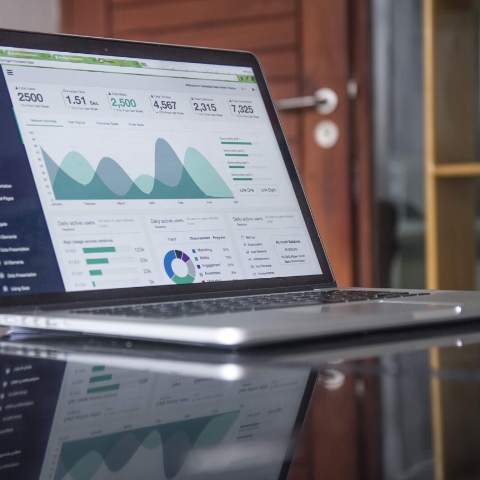
Activity tracker usage analysis

Bellabeat is a hich-tech company that manufactures health-focused smart devices for women. The company was founded by Urška Sršen and Sando Mur. Collecting data on activity, sleep, stress, and reproductive health has allowed Bellabeat to empower women with knowledge about their own health and habits.

The business task is to broadly analyse the usage of smart devices similar to Bellabeat products.
I will have to find some insights about the way people use non-Bellabeat smart devices; then bring back those insights to a specific product of the brand.
Breaking down the task, it would look like:
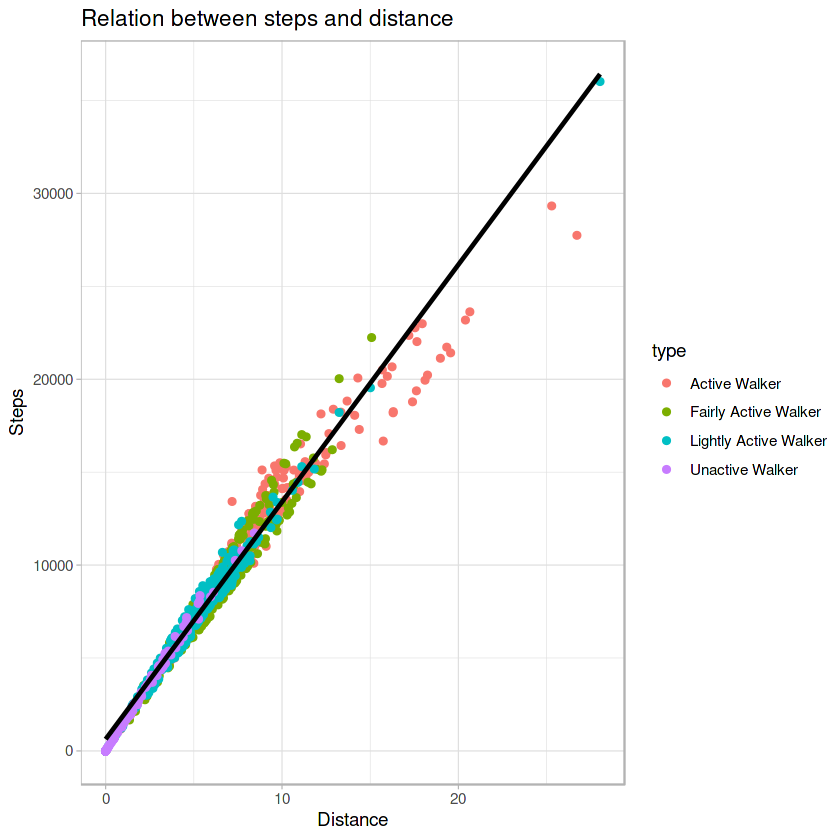
There is a positive correlation between the number of steps and the distance.
If the tracker accurately mesures the distance we can assume that for the most part, people from this sample might often run or walk outdoor.
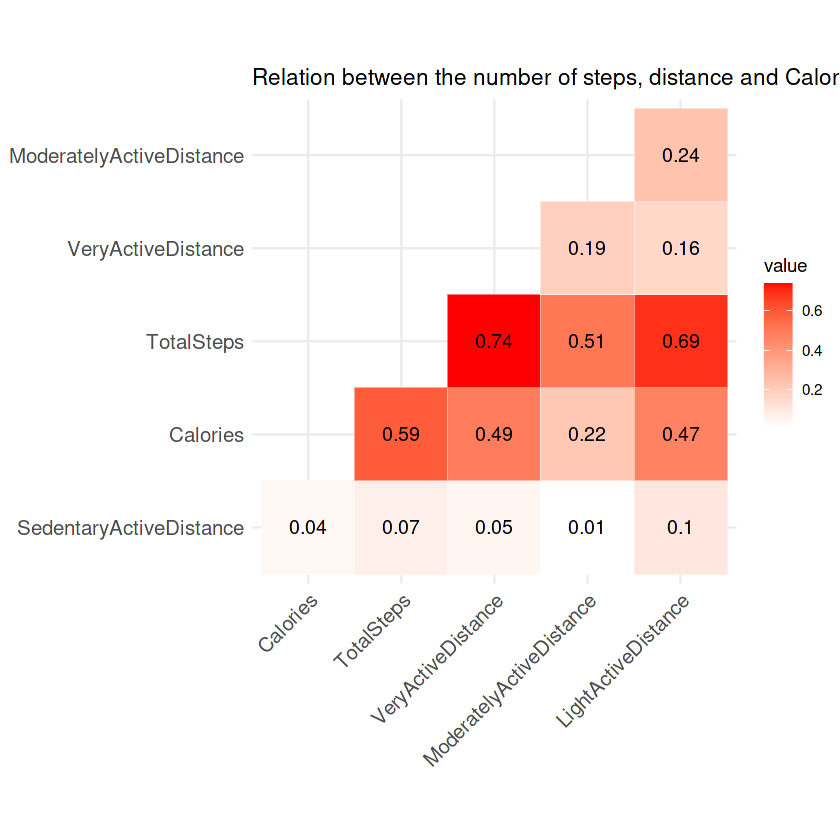
There is a strong positive correlation between the total number of steps and the distance traveled during intensive activity.
This reinforce our first assumption regarding the habits of the people in the sample. The veryActiveDistance mesures the distance travelled in intense acrivity. Since it is positively correlated to the total number of steps there are multiple possible scenarios. Either the device recorded their daily trips between home and work (or school) as an intense activity, or they actually practice intense walking or running as a routine.It can even be both cases at the same time, or none of them.
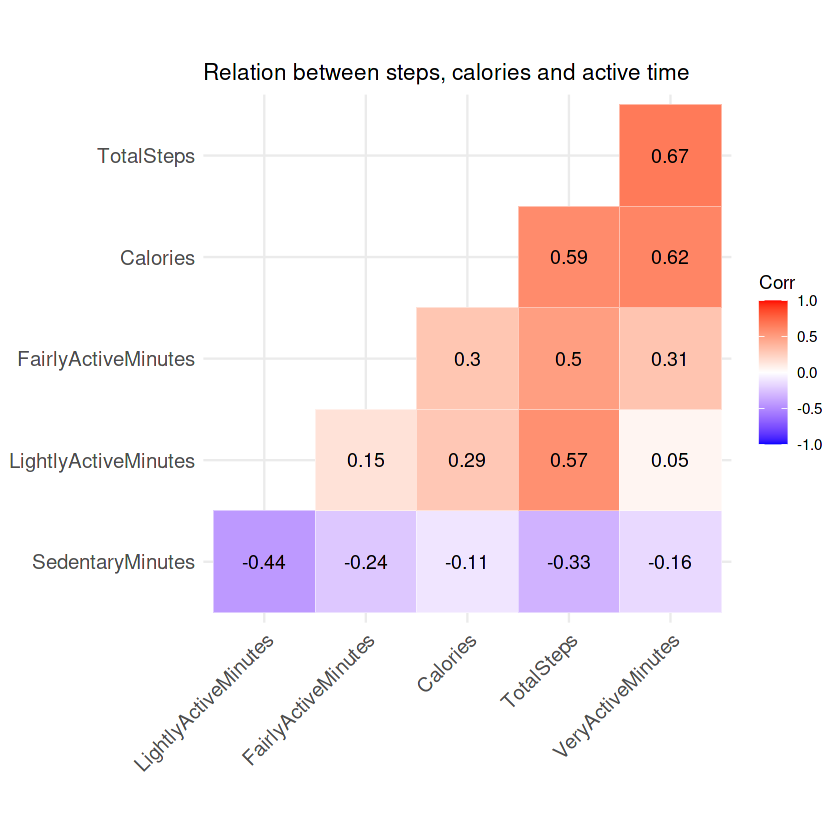
From this chart, it seems that the Calories consumption is positively correlated to the total number of steps and the time spent on intense activity. It is the same for the number of steps which is positively correlated to calory consumption. There is a clear pattern for the time spent sedentary which is negatively correlated to all other variables.
Intense physical activity is the best constributor to calories consumption. The more the time spent on intense activity, the more calories burned. It would have been interisting to know what are the different activities practiced by these people to assess their effectiveness on calory burning.
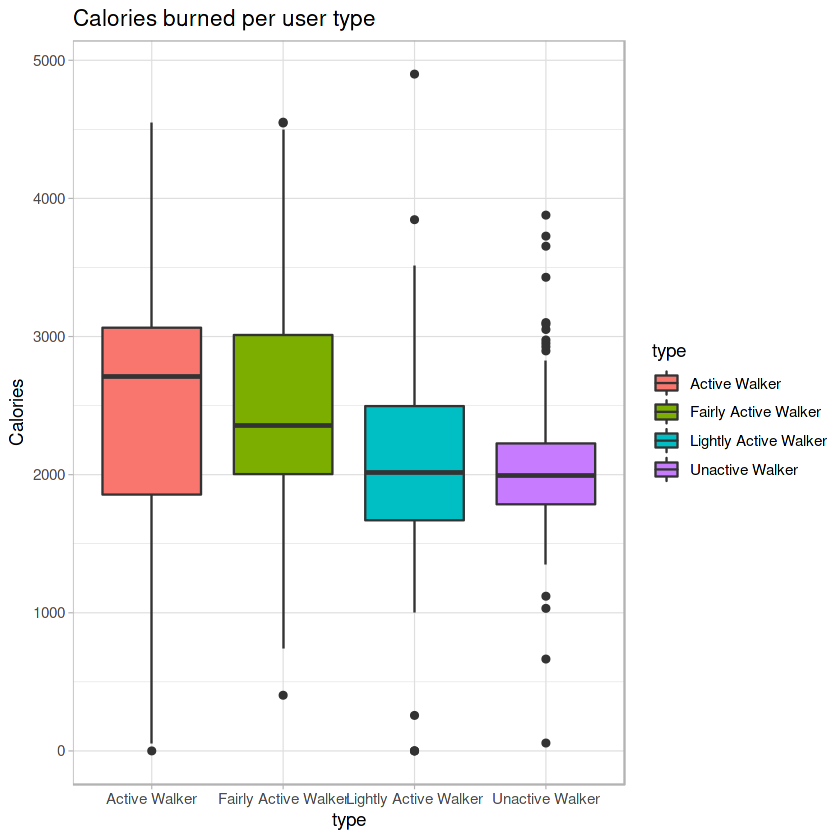
As expected, active walkers tend to burn more calories compared to other types.
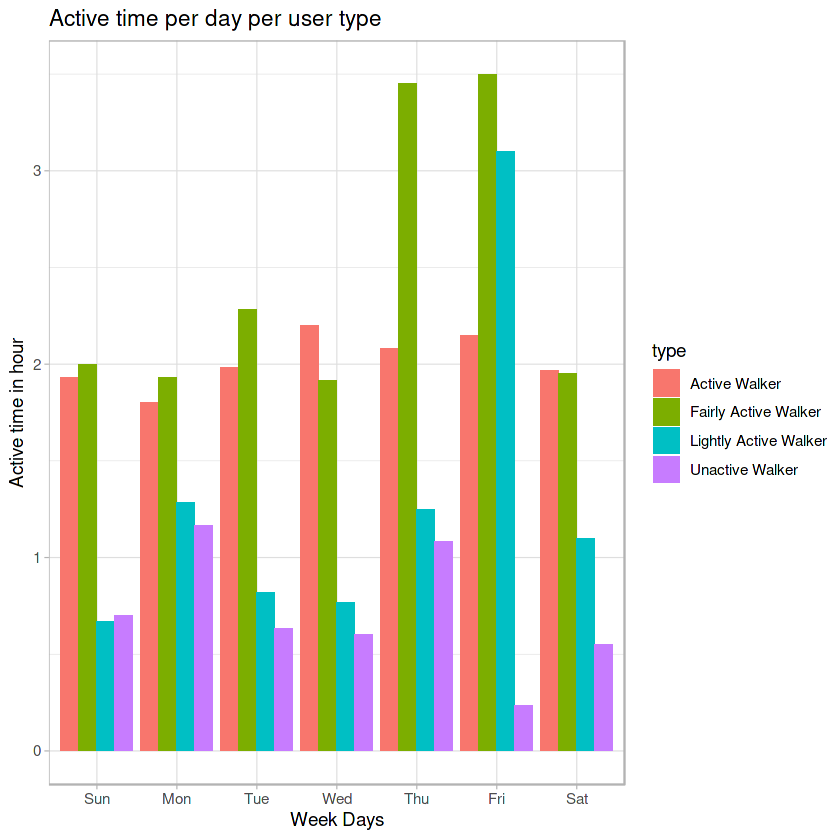
Step wise, the most active people are not always walking the most. Since their activity pattern is fairly stable throughout the week,we can assume that active_walkers practice running or walking daily.
Fairly active walkers are the one who spend the most time on intense activities. Their weekly activity shows a sudden increase on Thursday and Friday. They might be practicing some kind of sport on those two days on top of their daily routine.
Lightly active walkers do not show any kind of consistency throughout the week, however, similarly to the previous group their activity is booming on Friday.
Nonactive walkers are spending the less time on intense activity. Their activity pattern is similar to lightly active walkers but on Friday their time spent on intense activity drops. They present an inverse pattern on Friday, compared to the previous two groups. Those people might prefer to rest on Friday rather than doing any kind of physical activity.
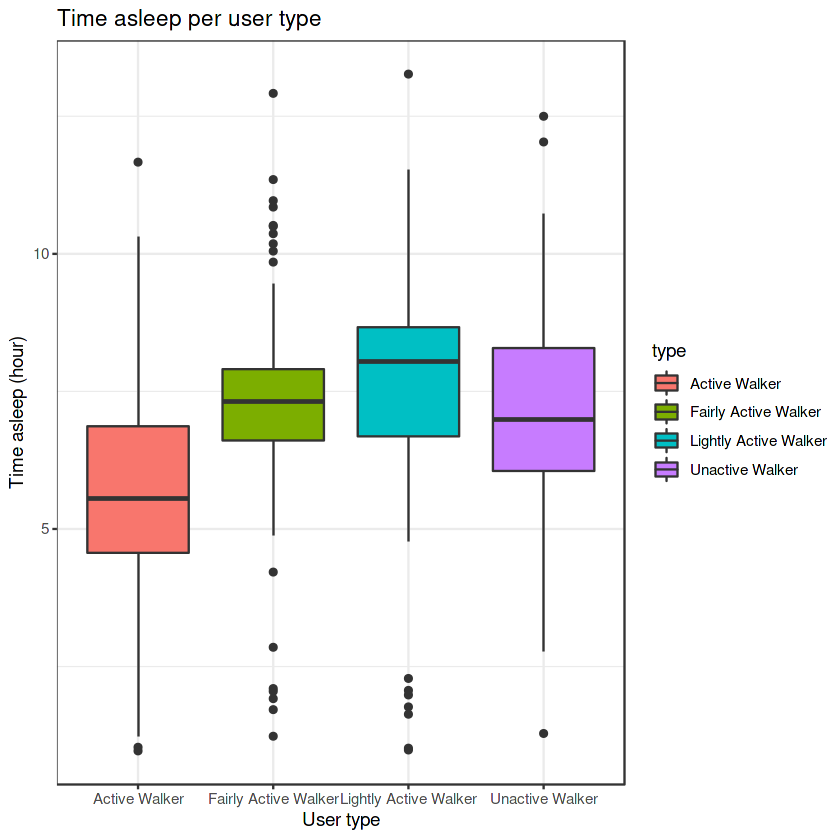
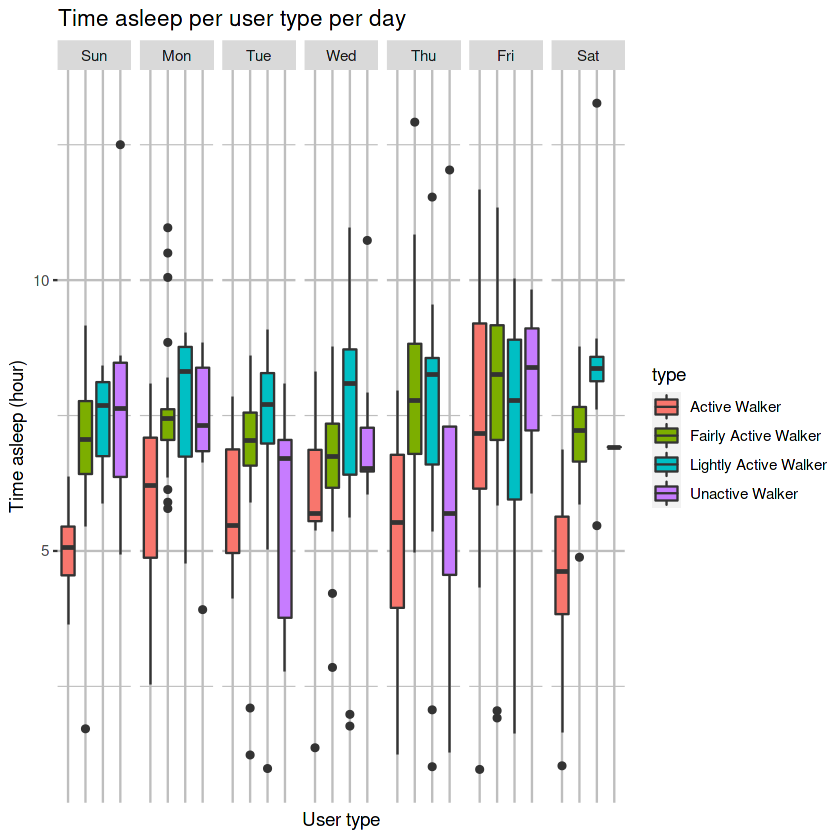
Except from friday, Active walkers tends to sleep less compared to the other groups. It appears that on friday, everyone takes a long sleep. It is probably to recover from a week of work. We can then assume that the sample is populated with a majority of active people either workers or students.
Bellabeat has already positioned its brand as a company that empowers women to gain knowledge about their own health and habits. To date, the brand's primary audience is women who are interested in their health.
There is an opportunity to expand this audience to women who are primarily interested in time management and productivity, as health trackers are good at describing the routine of their users. Directing marketing and communication efforts in this direction could even open a new market for Bellabeat products.